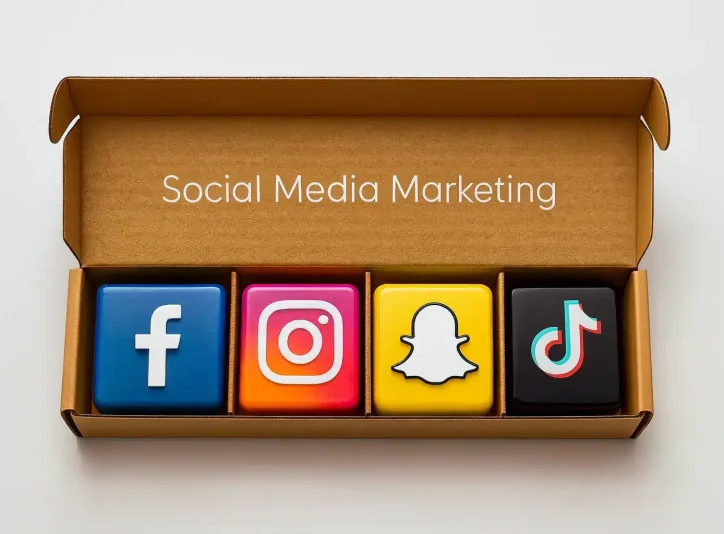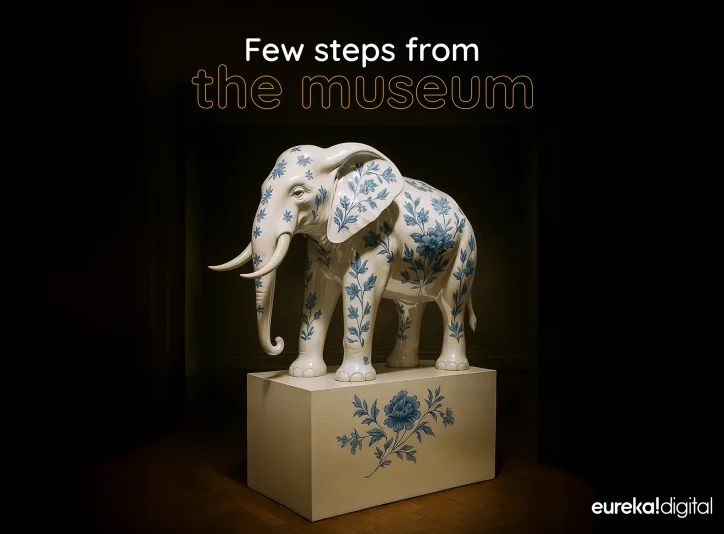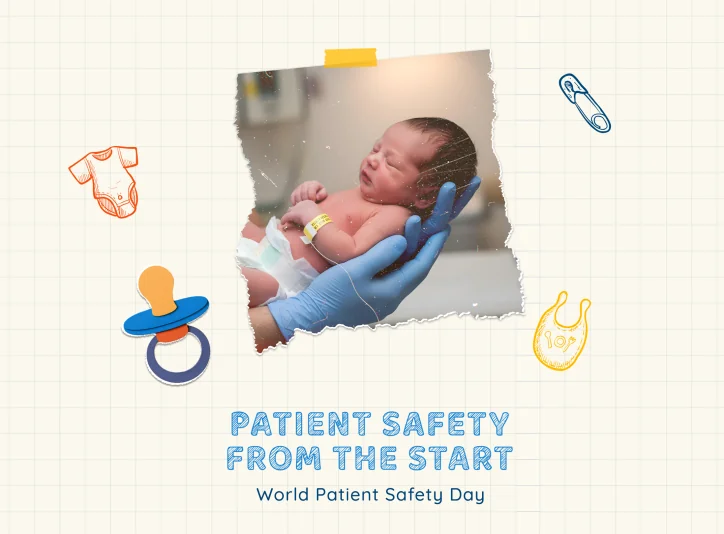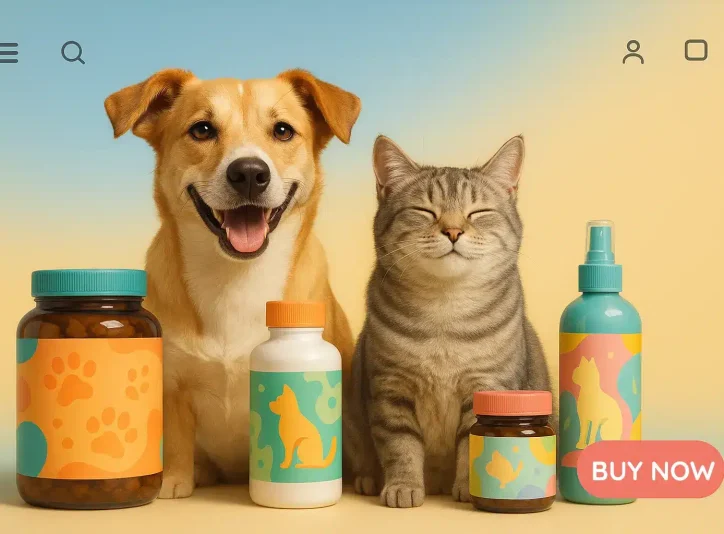For years, influencer marketing stole the spotlight. Every brand wanted the biggest names, the largest followers, the glossy campaigns. But times have changed.
We’re now in the era of authenticity. What grabs attention today isn’t a perfect campaign, but real people with honest reviews, a moment that feels true. And in health & wellness, that matters even more. Here, trust is the foundation of every choice a customer makes.
So, which should your brand focus on: UGC vs influencer marketing?
Let’s walk through the key questions…
Q1. What Is UGC and Why Does It Matter in Health & Wellness?
UGC (User-Generated Content) is any content; photos, videos, reviews, or even simple testimonials created by real people, not brands.
For example:
- A woman casually filming herself splashing in the sea, then suddenly mentioning how your sunscreen kept her face from burning all summer.
- Someone posting a genuine before-and-after selfie series of their skin journey with your hyperpigmentation serum, captioned with their excitement.
- A gym-goer recording their workout vlog, mixing your protein powder into a shaker mid-video without making it the focus.
- A patient leaving a heartfelt Google review about your clinic, sharing how comfortable and cared for they felt during their visit.
These voices are unpolished, sometimes messy, but deeply authentic. And that’s why they work.
Research shows that 70% of Gen Z and 78% of Millennials find peer opinions extremely helpful when making purchase decisions. And in health & wellness, where customers research and compare before they buy, UGC acts as digital word-of-mouth. It reassures people that someone like them has already tried, trusted, and benefited.
Read more: Gen Z Social Media Trends in The GCC
Q2. UGC Creators vs Influencers: What’s The Difference?
UGC comes in two main forms, organic and paid, and both differ from influencer marketing.
- UGC (organic): Content created freely by customers because they genuinely like your product. It’s unpaid, unscripted, and pure social proof. Think of it as word-of-mouth in digital form.
- UGC creators (paid): Professionals hired to produce content that looks and feels organic, raw, simple, and authentic. They don’t post it themselves. The brand owns it and uses it across ads, websites, or campaigns.
- Influencers: A professional content creator with a built-in, engaged audience. They are paid for their time, creative work, and most importantly, for the access to their audience. The content is distributed to the influencer’s followers on their social media channels.
UGC vs influencer marketing, in short: Influencers are paid for their reach. UGC creators are paid for their content. Organic UGC is simply the love your customers share for free.
Watch this: WHO Mental Health Award-Winner Campaign with The Mega Influencer Amr Wahba, created by Eureka
Q3. How Does UGC Make the Biggest Impact in Health & Wellness?
When comparing UGC vs influencer marketing, UGC often has the stronger impact in health & wellness:
- Paid ads → Customer-style testimonials often outperform polished campaigns. A quick “I tried this hair-loss spray for 30 days and here’s what happened” feels more believable than a scripted ad.
- Product pages → Reviews and before/after photos can lift supplement or skincare conversions by double digits. They give shoppers proof at the moment of decision.
- Email campaigns → Adding a real patient story or client video can turn a routine newsletter into something personal, and boost click-throughs dramatically.
- SEO & discoverability → Reviews, discussions, and questions create fresh content that helps health brands rank higher in searches.
Read more: TikTok vs Instagram: Which Platform Is Better for Health and Wellness Brands in the GCC
Q4. What Does UGC Look Like in Action for a Health & Wellness Brand?
A real example comes from a personal care products brand that ran a smart campaign: followers filled a short form, received free product samples, and in return shared honest UGC reviews in their own style. Joined hashtag challenges designed to spark participation.
The result? The brand collected a library of authentic content, but also unlocked something bigger: community engagement. Social media feeds began filling with real people trying the brand’s product, each adding their unique perspective. Customers felt part of a movement, proudly sharing their experiences and encouraging friends to join in.
This is the true power of UGC in health & wellness. It doesn’t just improve credibility; it builds connection, loyalty, and long-term advocacy. It’s also a clear advantage in the UGC vs Influencer Marketing debate.
Read more: What is the Best Digital Marketing Agency for Health and Wellness?
Q5. UGC vs Influencer Marketing: Which Is Better for Health and Wellness Brands?
The truth? There’s no single answer.
The right approach depends on your market, audience, budget, and goals. What works for one brand might not be the right fit for another.
That’s why the smartest question isn’t “UGC vs Influencer Marketing: which is better?” It’s: “Which digital marketing strategy is right for us, right now?”
Final Thought
At Eureka, we help health & wellness brands uncover digital marketing strategies that fit their audience, align with compliance, and match their growth stage, the kind of strategies that turn brands into market leaders.
Curious about what would work for your brand? Book a free consultation now







